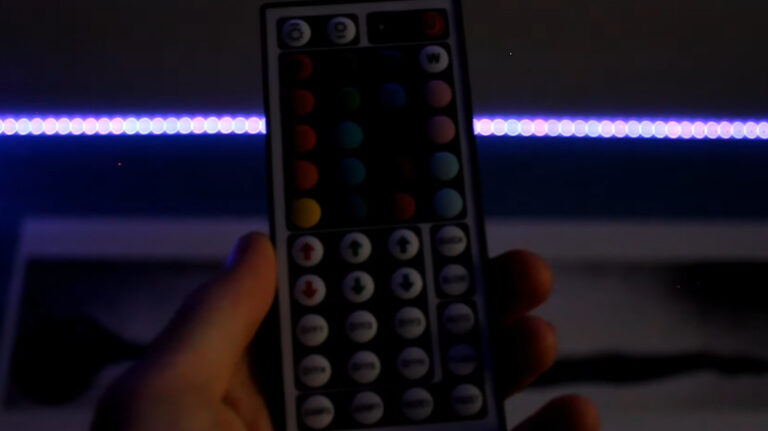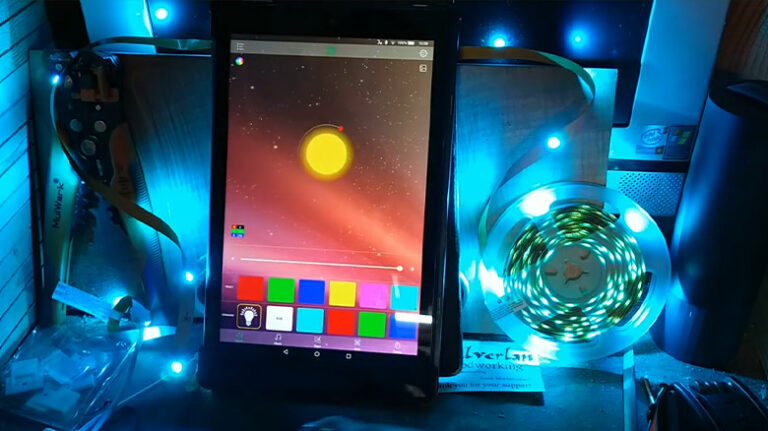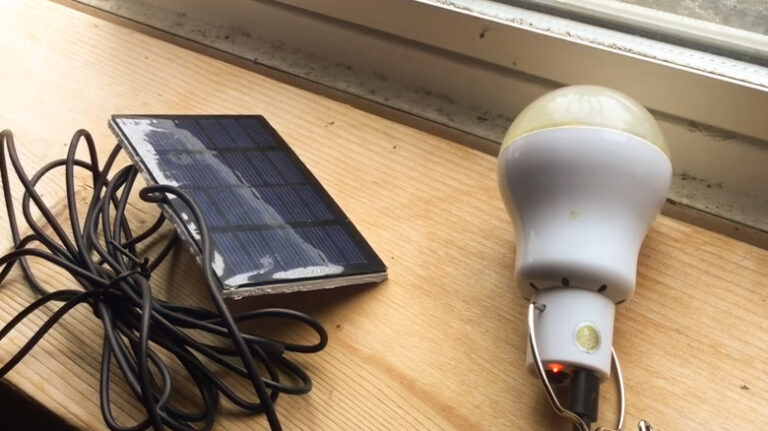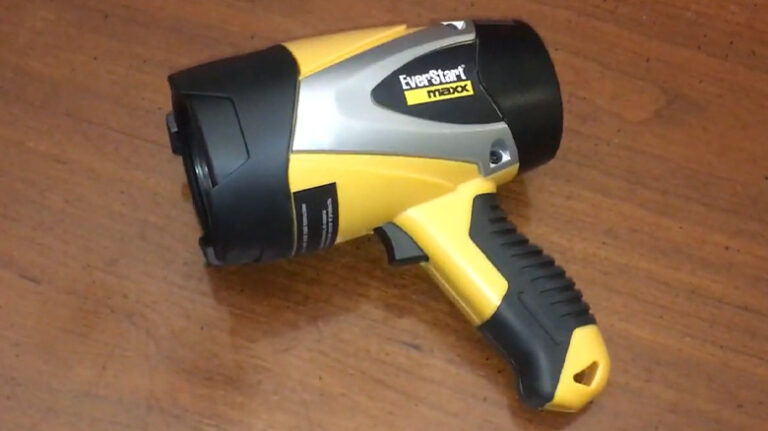What Size Fuse For LED Strip Lights? How Does It Necessary?
Modern LED strips are wonderful inventions. The advancement of technology has made it possible to quickly and simply create addressable RGB installations, changing the field of amazing glowing objects. However, because of this accessibility, it’s easier to get ahead of yourself and make mistakes that might have disastrous results. We are here to assist by detailing a typical error committed while constructing LED strips that are rather harmful.
It’s crucial to understand why fuses are necessary and what fuse size is best for LED strips. To save you the trouble of having to rummage over the internet for the solution, we have attempted to provide it here.

Why LED Strip Lights Need Fuses: The Problem and Solution
The hardware setup generally utilized to power these LED strings is the issue. They consume a lot of power and are fairly bright, with each pixel using up to 60 mA at full white. The strip is pulling 600 mA in a string of just 10 pixels. Because of this, individuals frequently select rather substantial power sources that can easily produce multiple amps to operate these systems.
The issue starts right here. The flex strips themselves have a lot of resistance, and often the cables used to connect the LED strips are relatively thin. The overcurrent protection on devices like an ATX electrical supply, which could be fused at well above 10 amps, may not trigger even if an LED strip is shorted out, therefore this means that it is feasible to short an LED strip.
The strips can scorch to the brink of catching on fire whereas the power source cheerfully keeps pumping electricity in because the resistance of cables and strips serves as a current limiter. This could be a reasonable danger in a home workshop with close supervision. Unattended installations provide several potential hazards.
The Solution
Thankfully, the answer is straightforward. The setup is made safer by using a fuse with the right rating for the number of LEDs in the circuit; otherwise, the fuse would burn out during the event of a short circuit, even though the power source is willing to give the current. With 10 LEDs consuming 600 mA as an example, a 1 amp fuse would be adequate to safeguard the circuit in the case of an unintentional short.
It’s an excellent explanation of a frequent but deadly issue, and we support it by utilizing a Thermo camera to show how flammable objects can get in a matter of seconds. Now that you understand this, you may play with LEDs without fear rather than fire.
Calculate The Correct Fuse For Your LED Driver
You should have a general idea about how to safely connect the fuse to its plug when you’ve read any articles on plug safety. If you do possess all of the power sources and lights, but you’re still confused about how to figure out the right fuse amp, please refer to the advice below.
Power is defined by the formula P = I X V (current times voltage).
A vacuum, for example, is a typical home appliance that may be fairly high in Watts. If we were to use 1000W as an example, we can simply divide that number by the voltage supply, which would be normally 240V.
So, 1000/240 = 4.16. Therefore, this would imply that a 4.16 Amp fuse will be suitable. Nevertheless, we must additionally account for a 20% greater Amperage fuse, just as we would do when figuring out the right Drivers for an LED Strip. Therefore, we would advise that a 5A fuse would’ve been ideal. We may now move on to LED Strips using this method.
Let’s start with a straightforward installation of a 5-meter strip that uses 14.4 Watts per meter of power. The answer is 5 x 14.4 = 72W. As previously, we must multiply by 1.2 more to get 86.4W. We divide the entire needed Watt by the 240V power source now that we know how many Watts are needed:
86/240 = 0.358A. You will thus require a fuse of at least 1A. (although up to 3A will be fine).
Frequently Asked Questions
What Fuse Should I Use For My LED Lights?
Led strips, LED light bulbs in various styles, and Christmas light strings. The fuse settings for the LED lights are high since they support several appliances; they start at 15A and can reach over 30A if the structure is big and fully equipped.
Similar to cellphone covers with smartphones, the led light strip is typically attached to a power unit or batteries and requires the fuse as a protective measure. To verify the light strip’s power, split it by the input voltage, then multiply the result by 1.2. Most fuses fall into the 1A, 2A, and 3A range.
Then there are the light strings, which are mostly utilized during celebrations like Christmas, Easter, and Halloween. Depending on how many strings you use, you might run a straightforward 1A fuse, but if you want to light up the entire house, you’ll need to use the 5A fuse.
How Can I Replace The Fuse In My LED String?
Remove the plugs from your lights, obtain a fresh set of fuses, and then press toward prongs while pressing down on the other end of a light thread. The burnt fuses will be visible in a compartment that will open; you may take those and replace them with a new fuse. Snap the container shut.
What is the amp Use of a 12V LED Strip?
We also understand that such a LED strip will use around 24 Watts each reel (5 meters) or 2.0 Amps at 12V.
Conclusion
Fuses for LED strips are important. For instance, you’ll be alright if you’re using a 50w power supply with a fuse inside while linked to a 40w LED light strip. An additional fuse generally won’t make much of a difference in such cases because the power source should safeguard you if something goes wrong. So we hope now you have all the info you need about the LED strip fuses. Good luck decorating your room with lighting!






